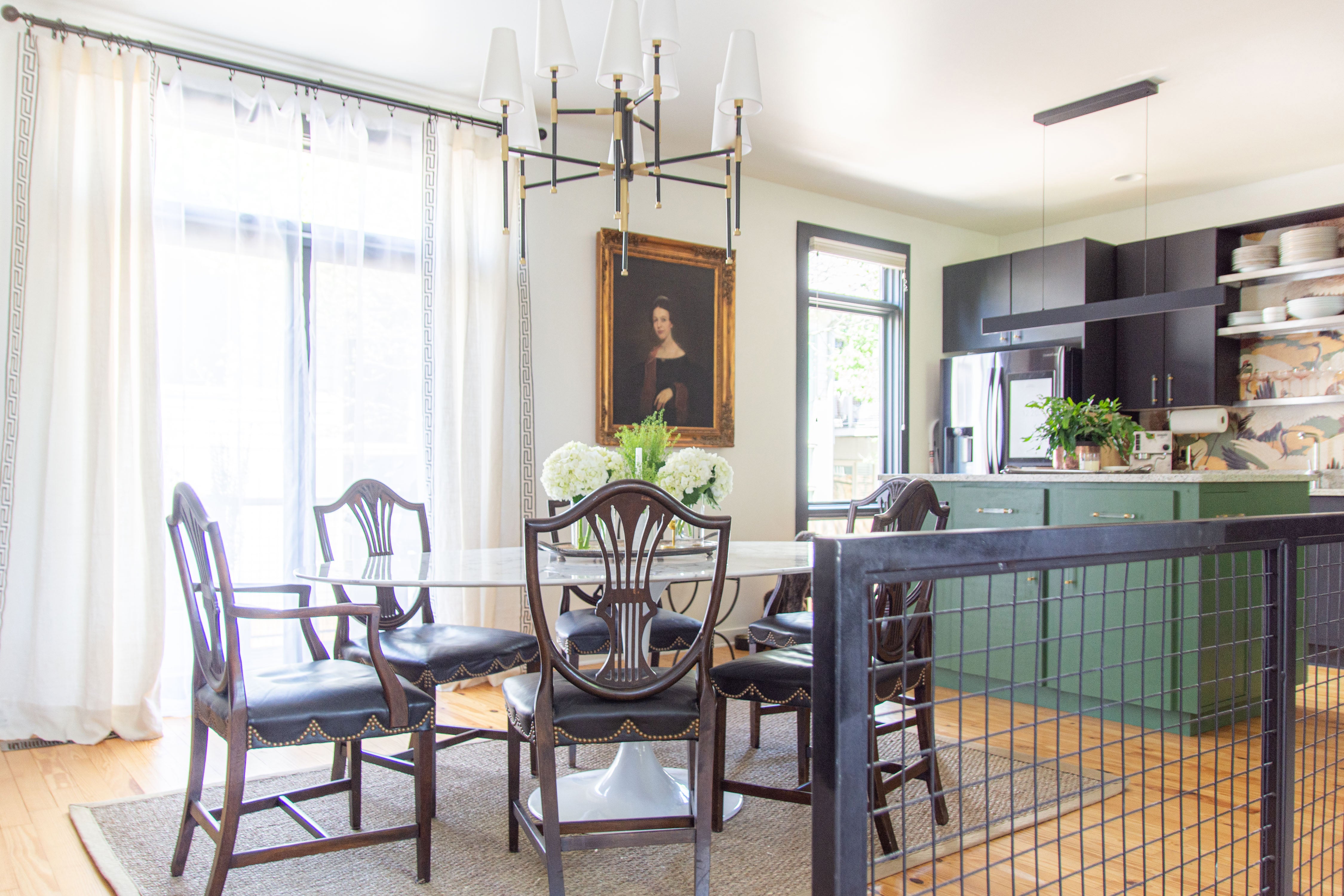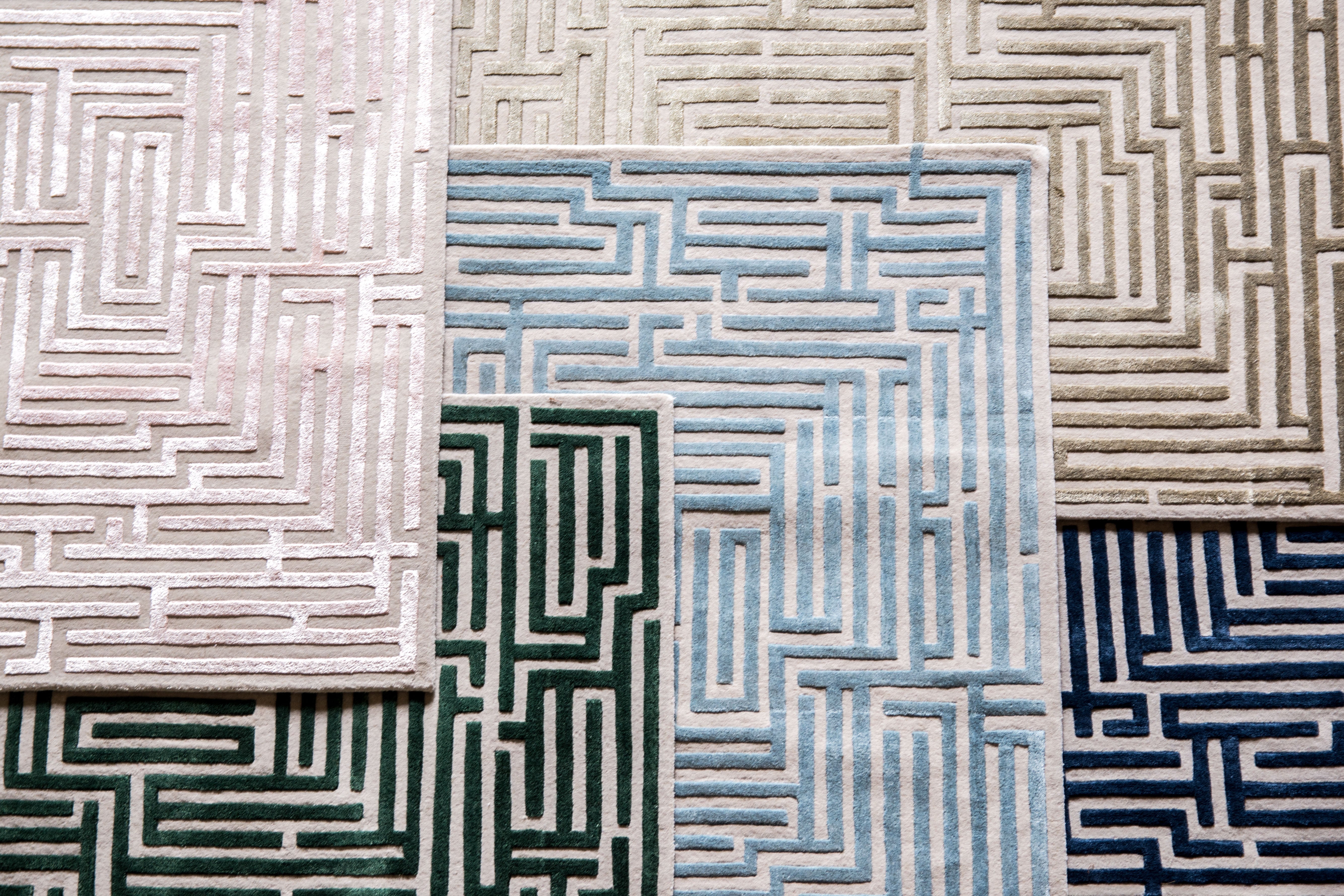Contemporary Methods in Furniture Design Creation in 2024
Throughout history, furniture design has experienced a significant transformation that mirrors changes in culture, technology, and societal values. As of 2024, furniture design has reached new heights with 3D furniture modeling services. This article discusses the shift from conventional methods to state-of-the-art techniques propelled by furniture 3D modeling services, illuminating the technological, sustainable, collaborative, and artisanal aspects of furniture design in the present era.
Traditional vs. Contemporary Approaches
Furniture design has a long history of being based on traditional craftsmanship and manual techniques. However, these methods can be limited in efficiency, speed, and flexibility. In recent times, designers have turned to digital tools and technologies, like outsourced 3D furniture modeling services, to address these issues. Therefore, the shift from traditional approaches to modern methods marks a significant change and transforms the way furniture is imagined, prototyped, and manufactured. Additionally, incorporating resources like an embroidery library can add unique, intricate designs to upholstered furniture, further enhancing its aesthetic appeal and customization options.
Technological Advancements in Furniture Design
Contemporary furniture design in 2024 is characterized by integrating advanced technologies like 3D visualization and rendering. The creative process heavily relies on computer-aided design (CAD) software, which enables designers to visualize and refine their ideas in three-dimensional space.
In addition, 3D printing has revolutionized prototyping, enabling designers to quickly and affordably bring their concepts to life. Furniture designers increasingly use Augmented Reality (AR) and Virtual Reality (VR) applications to create immersive design experiences. These technologies allow designers and consumers to interact with furniture in virtual environments before it is physically produced.
Sustainable Design Practices
Contemporary furniture design in 2024 increasingly focuses on sustainability in response to growing environmental concerns. Designers are adopting eco-friendly materials and manufacturing processes to reduce the environmental impact of furniture production. Circular design principles, which prioritize the reuse and recycling of materials, have become more prominent. So, you may need to look towards outsourcing 3D furniture modeling services for contemporary furniture designs that embody sustainable practices and highlight the industry's commitment to responsible and ethical design.
Collaborative and Interdisciplinary Approaches
In 2024, the process of designing furniture will be more collaborative than ever before. Design teams will comprise a diverse group of professionals from different fields, including architecture, engineering, and psychology. This interdisciplinary approach will encourage creativity, innovation, and a comprehensive understanding of user requirements.
Human-Centered Design and Ergonomics
In 2024, contemporary furniture design greatly emphasizes the user experience, with designers prioritizing human-centered design (HCD) and ergonomics. This means that designers prioritize comfort, functionality, and adaptability in addition to aesthetics. Thus, ergonomic principles are being integrated into the design process to achieve inclusive and adaptive design and ensure that furniture meets users' diverse needs and preferences. This shift in focus also highlights the industry's dedication to creating spaces that promote the well-being of individuals.
Artisanal Craftsmanship in the Digital Age
Contemporary furniture design and rendering are highly valued technologies. However, it also acknowledges the importance of artisanal craftsmanship. Modern designers are exploring methods to merge traditional handmade techniques with digital tools, resulting in furniture that showcases a balance of authenticity and precision. As a result, it is vital to preserve artisanal skills in the digital era, highlighting how these skills contribute to the distinctiveness and character of contemporary furniture designs.
Challenges in Contemporary Furniture Design
Integrating new technologies into established workflows can be a challenge for designers. Even though 3D printing and VR can enhance traditional design processes, some design teams may resist their implementation, and significant training may be required. As a result, outsourcing 3D furniture modeling services could be a viable solution. In addition, the high initial costs associated with advanced technologies can be a barrier to entry for smaller design studios, which limits accessibility and hinders innovation across different scales.
Furthermore, designers must find alternative, eco-friendly, durable materials without compromising aesthetic qualities. Ongoing research and development in material science is necessary to meet these demands. Efforts to educate consumers about the value and importance of sustainable and innovative design are also ongoing. However, many customers may still prioritize traditional aesthetics over sustainable practices. Therefore, raising awareness about the environmental impact of furniture production is necessary to encourage a shift towards sustainable design practices.
Conclusion
The main ideas discussed in the article are summarized, highlighting the significant impact of modern techniques on furniture design in 2024. The article prompts designers to explore and accept the up-to-date methodologies provided by 3D furniture modeling services. So, investing in outsourcing 3D furniture modeling services will be worth it. As the industry progresses, combining technology, sustainability, cooperation, and skill will surely lay the foundation for a new era of innovative and influential furniture design.
Author:
Aimee S. Marshall
Aimee is a seasoned digital artist and design enthusiast who is passionate about creating stunning visuals. With over a decade of experience in 3D rendering and design, she has worked on projects spanning various industries, from architecture and interior design to product visualization and advertising. Aimee shares her expertise and insights through writing, mentoring, and speaking engagements, aiming to inspire others in the dynamic world of 3D rendering and design.









